One of the largest caves in the country, Borra Caves are home to million-year-old stalactite and stalagmite formations. Perched at an elevation of 1,400 m above sea level, the majestic caves are a visual treat for visitors. They came into existence as a result of the flow of Gosthani river on the limestone deposits in the area. Some of the imposing stalactite and stalagmite formations that can be seen here include those of Lord Shiva and his consort Goddess Parvati, a mother and her child, a crocodile, a human brain and a tiger. These caves were discovered by William King George of the Geological Survey of India. Legend has it that Borra Caves was first discovered when a cowherd, while searching for one of his lost cows, accidentally came across them. There he found a shivling deep inside the cave, along with his cow. He believed that Lord Shiva had saved his cow. Later, villagers built a small temple just outside the caves. Borra Caves draw tourists from all across the country and are worth marking on the itinerary.
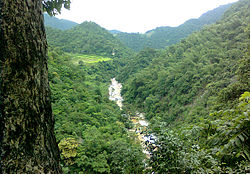
Location of Borra caves :
Borra caves are situated at the distance of 90- 95 km from the city of Visakhapatnam. They are located at the height of 1450 feet above the sea level. They are spread in the Ananthagiri hill ranges of eastern ghats, which ranges between 800 to 1300 meters M.S.L. In Andhra Pradesh. November and December are considered as the best time to visit these caves.
Borra Cave Formation :
Borra caves are the natural caves, that are said to have originated from the Gosthani river, which flows through these caves. The caves were created due to the flow of river over the limestone area. The pressure was exerted by the humic acid in the water on the mineral deposits and the limestone dissolved in the water. The dissolved limestone trickled down drop by drop forming the different shapes in the cave. These Borra caves spreaded over the one square km and are formed over the period of million of years.
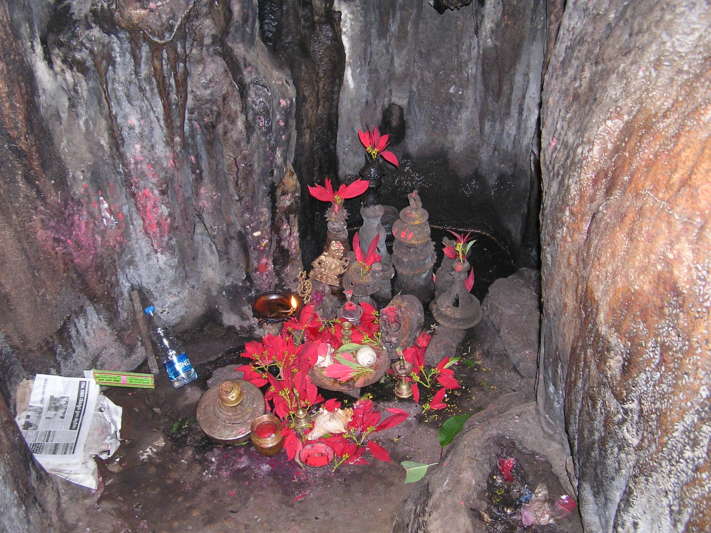
Interior of the cave :
The opening of the cave measures upto 100 m horizontally and 75 m vertically. The cave is filled with stalagmite and stalactite formations. Visitors have given different names to the different shapes of these stalagmite and stalactite formations such as Shiv Parvathi, Mother child, Human brain, crocodile, Rushis Beard etc. Some more interesting structures inside the cave include mushroom formation, temple, church and many more. You may find here crystal white calcium stones in various forms. The Borra caves glitters and illuminates by the sixty three lamps of mercury, sodium vapour and halogen.
History of the Borra Caves :
The caves of Borra are said to be more than 150 years old. These wonder caves were discovered by the British geologist William King Gorge in the year 1807. The local tribals inhabitating in this area have a different story to tell. They say once a cowherd lost his cow while grazing. He soon realized that his cow had fallen down. He got worried, on looking down he found 60 feet deep hole, where he saw his cow was alive and feeding on the grass deep below. This was the time when the tribal has discovered the cave.
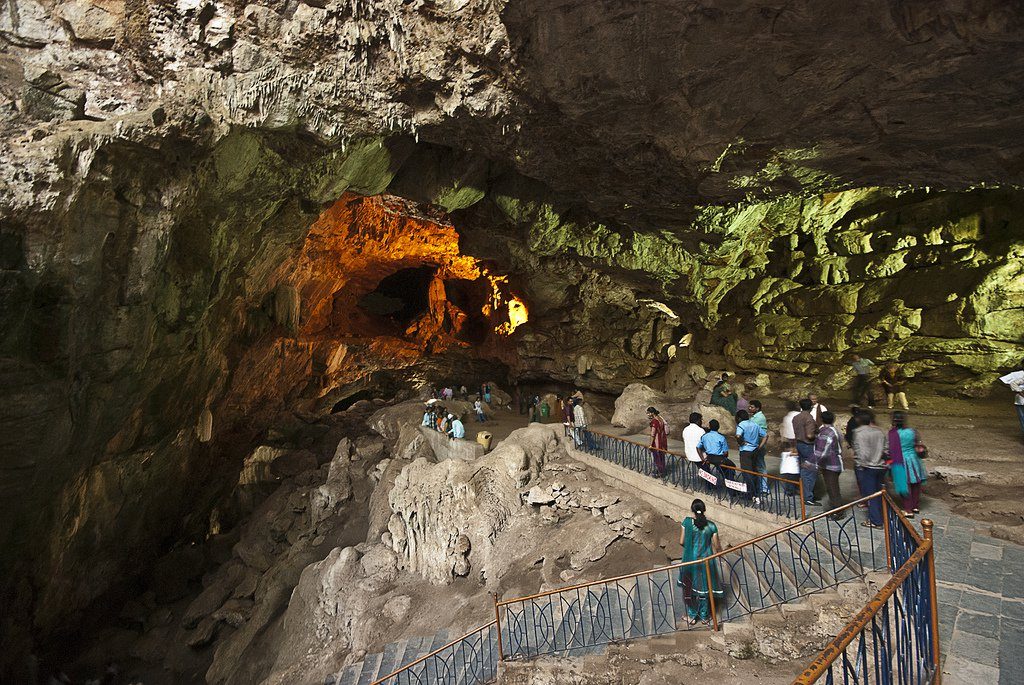
Religious Significance of the Borra caves :
These million year old Borra caves holds the great religious importance among the Hindus in India. Among the formations found in the cave, you may also find here ‘Shivalingam’ and the idol of the cow known as Kamadhenu.
Entry Fee :
The entry fee for the adults visiting the cave is Rs 25 and for the children is Rs 15. If you are interested in photography you may take the cameras along with yourself that may cost you Rs 10 and for the video cameras they will charge you Rs 100. The cave remains open to the tourists from 10 am to 5: 30 pm.
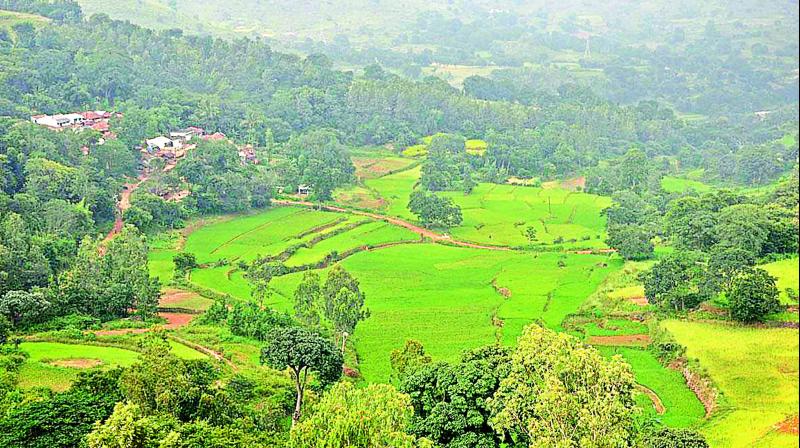
Sightseeing around the Borra Caves :
You can take a leisure walk around the Borra caves in the landscape of rugged and mountainous area. The area holds the rich flora and fauna. You can witness the limestone area where the cave is found is surrounded by the several mica mines. Trip to the Borra caves gives you the opportunity to enchant with the tribal people inhabitating in this area. On the excursion trip from the Borra caves tourists can make a visit to the Araku valley, which lies at the distance of 15 kms from the cave.
The Borra Caves have impressed us all and we have always found something very magical in it. A visit to Araku Valley is never complete without visiting the Borra Caves. People from all over the world come here to have a look for themselves. Seeing is believing for most as this is a natural wonder of India. Living so close it, we may not be aware of certain amazing facts about the caves. Let us know.

Amazing facts that are astounding to know about the Borra Caves.
- One of the longest and the deepest cave in India -The caves which are predominantly limestone structures have at the deepest extended to a depth of 80 meters. It ranges across 2 sq.kms and within the caves you can walk around for about 0.35 kilometers.
- It is formed by erosion of subterranean surface by mountain streams that flowed to join the Gosthani river. The caves are thus created over a long period of time. The river on site make a happy experience for visitors.
- Houses a natural shrine – The caves have a naturally formed shrine of Lord Shiva. It attracts devotees from all over India to see this natural miracle.
- Interesting shapes adorn the caves – The stalactites and stalagmites that occur all over the cave ceilings have acquired funny shapes over the passage of time. Tourists flock here to be in a land of imagination at guessing the shapes. Shiva and Parvati, a human brain are examples of such.
- It is a whopping 150 million years old, created naturally. The only testimony of middle paleolithic culture. Archaeological and historical studies have been conducted here extensively.
- It is very very cold even at the peak of the summer. The weather does nothing for the inside of the cave which remains cool throughout the year. Another natural miracle, this is.
- Altitude of 1400 meters above sea level with the lovely Anantgiri mountains in which it is set.
- Sound and light show – The APTDC has developed the site with amazing lighting inside to make the cave interiors come to life for visual pleasure. A more interactive experience is being developed to come soon.
Borra caves, Visakhapatnam Overview
Located on the east coast of India, the Borra Caves are situated in the Ananthagiri hills of the Araku Valley in Visakhapatnam district. Breath taking hilly terrain, beautiful landscape, semi-evergreen moist deciduous forests, and wild fauna of the Borra Caves are a visual feast.

A marvellous creation of nature, the Borra caves were formed when river waters flow through a limestone area, and the calcium carbonate turns into calcium bicarbonate, which is easily washed out by the running water. The most striking feature of the caves is its exquisite variety of speleothems ranging in size.
Borra Caves are deemed to be among the largest in the country and are perched at a whopping elevation of about 705 metres. They are basically karstic limestone structures extending to a depth of 80 m and are considered to be the deepest cave in India. The combination of sunlight and dark conjures amazing dancing shaped in the depths of the Borra Caves, which is a sight in itself.
Natural skylights in the caves make way for colourful imagery that imparts them a unique enigma of their own. Animal lovers will find bats as well as the golden geckos hiding in the shadows of the niches. The journey up to the primary destination with its picturesque location and a thrilling hike is a treat in itself. Visit this destination and explore the unique beauty of Araku Valley in all its glory.

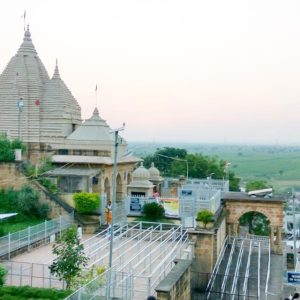


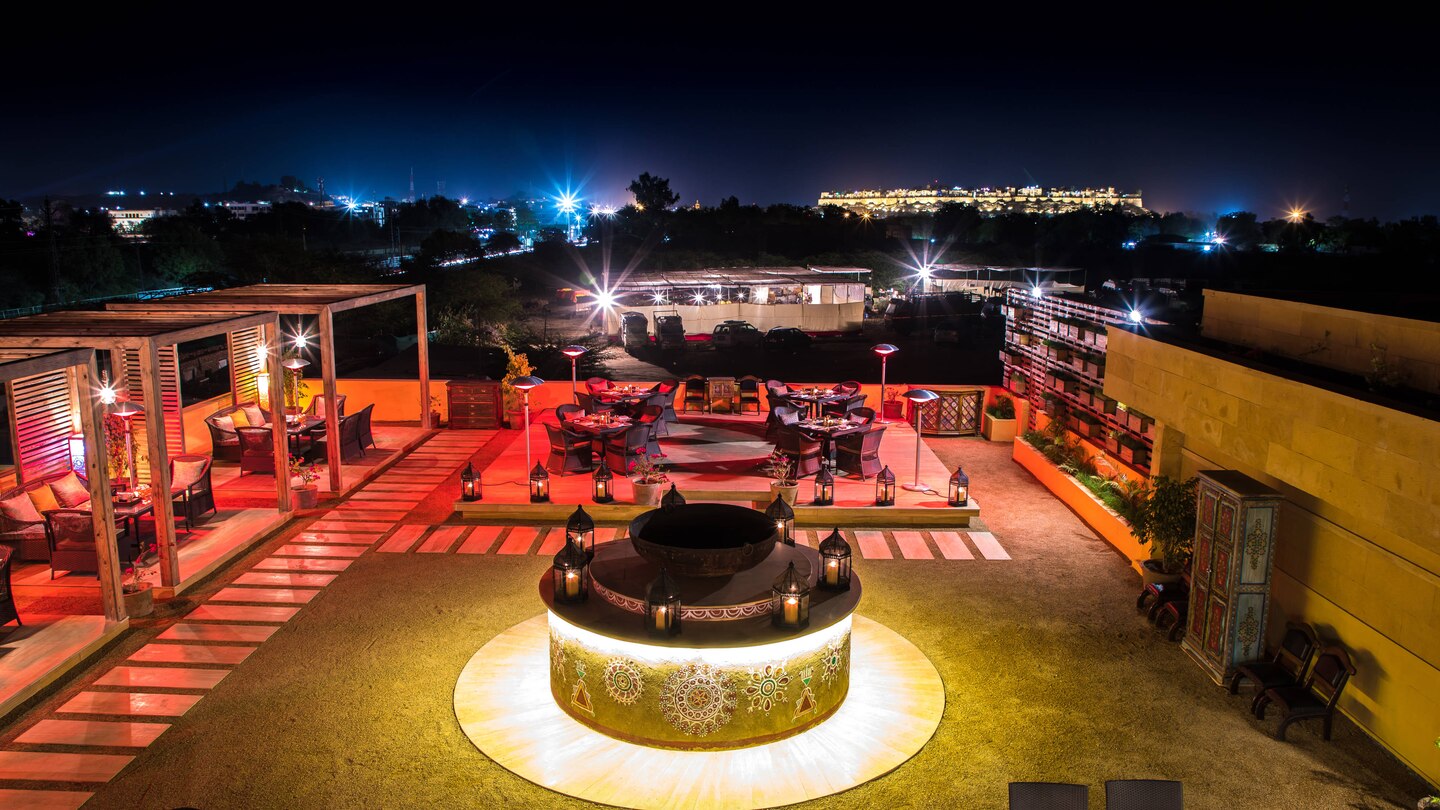



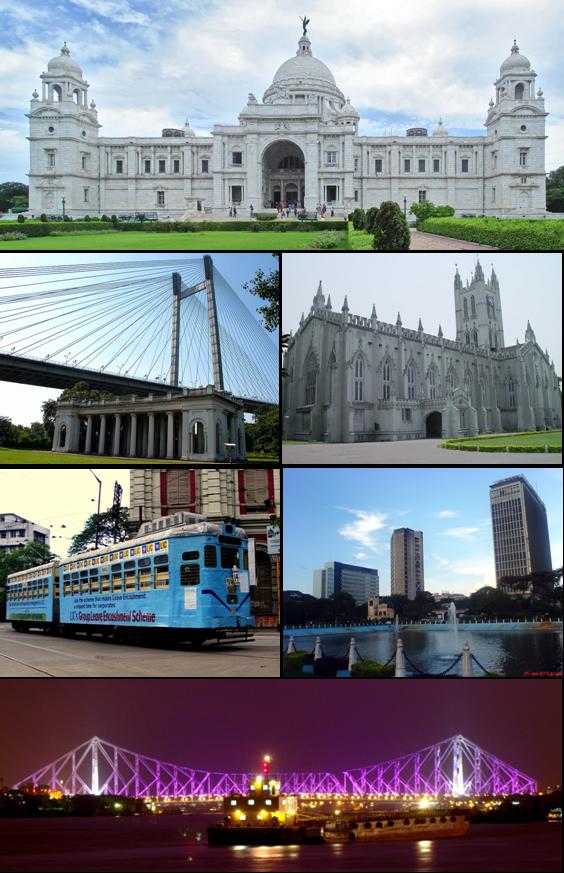
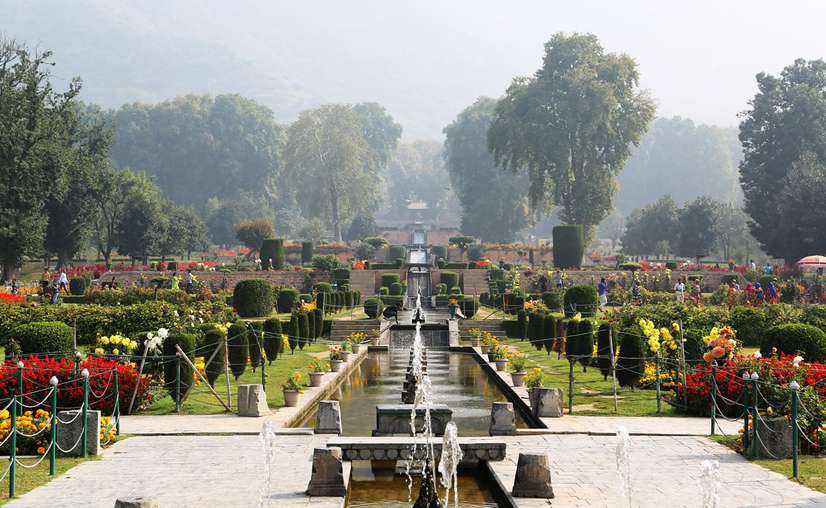



9 Comments
Comments are closed.